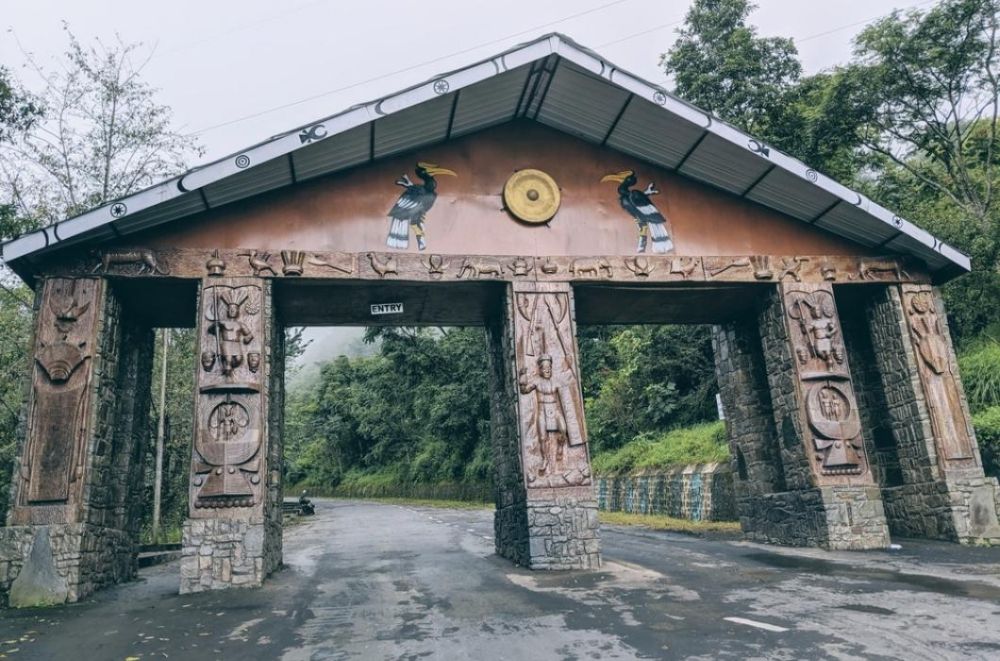

Nestled amidst the verdant hills of Nagaland, Ungma Village stands as the oldest and largest of the Ao villages in the Mokokchung district of India. As the cradle of Ao culture and civilization, this picturesque destination is steeped in history and tradition, making it a profound center for tourism in Nagaland.
The history of tourism in Ungma Village began when curious travelers started exploring the Northeastern states of India, looking for unique cultures and untouched landscapes. While tourism in Nagaland was initially slow due to its remote location and the need for special permits, the interest in tribal cultures and ecotourism has increased the number of visitors over the past few decades.
The Ao Tribe, which inhabits this serene village, is known for their warmth, rich cultural heritage, and vibrant festivals. The increasing awareness and celebration of their annual festival, Moatsu, has attracted visitors from around the globe, seeking to experience the local way of life. The festival, which takes place in the first week of May, showcases traditional dances, music, and the indigenous festival feasts.
The establishment of several homestays and guesthouses also marked a significant point in the development of tourism in Ungma. This community-based approach has enabled tourists to enjoy a more authentic experience while directly benefiting the local economy.
In recent years, sustainable and responsible tourism have become the focus in Ungma Village. Ecotourism is encouraged, and there is an emphasis on preserving the village's pristine environment and rich cultural heritage. Tourists are increasingly seeking immersive experiences that allow them to connect with local communities and nature.
Adventure tourism is also gaining popularity, with trekkers and nature lovers exploring the neighboring hillocks and enjoying the spectacular views. Bird watching is another engaging activity, as the area is home to a diverse range of avian species.
Cultural exchanges through festivals, art, and craft workshops have become an integral part of the tourist experience, with visitors keen to learn about the traditional practices of the Ao people, their history, folklore, and cuisine.
With digital innovation, virtual tourism is on the rise, offering a glimpse of Ungma through online platforms, which has helped promote the village as a must-visit destination for those planning to explore the Northeast of India.
If you are planning a visit, it's important to respect the local customs and traditions of the Ao people. As tourism continues to grow, the villagers have taken great care to strike a balance between welcoming visitors and preserving their way of life. Key attractions include the village landmarks such as the Baptist Church — one of the oldest in Nagaland — and the traditional Longkhum Village, which is a short drive away.
Ungma Village represents a memorable encounter with the living history and culture of the Ao Nagas — a journey that extends beyond mere tourism and into the heart of one of India's most fascinating ethnic communities.